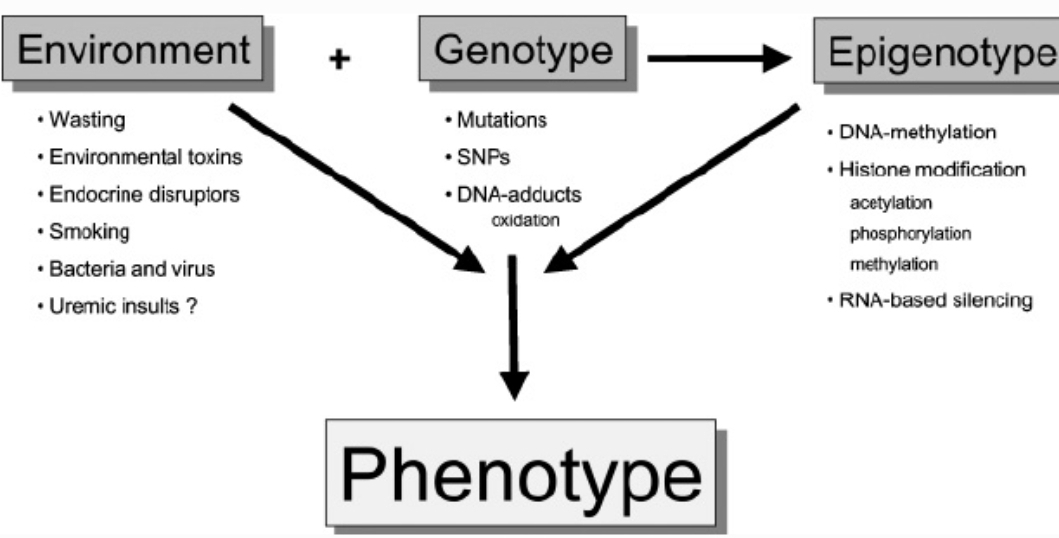HGT and Epigenetics: how they affect our Genotype and Phenotype
The percentage of horizontal gene transfer (HGT) in eukaryotes is difficult to precisely quantify, and it varies significantly depending on the lineage.
Here's what we know:
HGT is widespread: Studies have shown that HGT occurs in a vast majority of eukaryotic lineages, with estimates suggesting that over 90% of eukaryotes with sequenced genomes show evidence of HGT.
Frequency is low compared to prokaryotes: While widespread, the frequency of HGT in eukaryotes is generally lower than in prokaryotes. This is likely due to the presence of a nuclear membrane and more complex cellular organization in eukaryotes, which can act as barriers to gene transfer.
Variable across lineages: The amount of HGT varies considerably among different eukaryotic groups. For instance:
Protists: Some protist lineages, particularly those living in close association with bacteria, exhibit higher rates of HGT.
Plants: HGT has been documented in plants, with evidence suggesting gene transfer from bacteria, fungi, and even other plants.
Animals: While traditionally thought to be rare, HGT has been increasingly identified in animals, including examples in nematodes, insects, and even mammals.
Contribution to genome size: Despite its lower frequency compared to prokaryotes, HGT can still contribute significantly to the genetic diversity and evolution of eukaryotes. Some studies estimate that HGT may account for 0.16-1.44% of genes in certain eukaryotic genomes.
Challenges in quantifying HGT:
Accurately determining the percentage of HGT in eukaryotes is challenging due to several factors:
Detection limitations: Identifying HGT events can be difficult, as transferred genes may have diverged significantly over time, making them harder to recognize as foreign.
Variable rates: HGT rates vary considerably across different lineages and over evolutionary time, making it difficult to generalize.
Data bias: Most studies focus on model organisms or specific groups, potentially leading to an incomplete picture of HGT across the eukaryotic domain.
Both horizontal gene transfer (HGT) and epigenetics can significantly influence an organism's genotype, but they do so through different mechanisms and with varying degrees of permanence.
HGT's Impact on Genotype:
Direct alteration of genetic sequence: HGT introduces new genetic material from unrelated organisms directly into the genome. This can lead to:
Acquisition of new traits: The transferred genes may encode novel functions, providing the recipient organism with adaptive advantages like antibiotic resistance or the ability to metabolize new substrates.
Gene duplication and diversification: HGT can lead to gene duplication, providing raw material for evolutionary innovation as the duplicated genes evolve new functions.
Changes in gene regulation: Transferred genes can bring along their own regulatory elements or disrupt existing regulatory networks, affecting gene expression patterns.
Magnitude of impact:
HGT can have a substantial impact on genotype, especially in prokaryotes where it's more frequent. In some cases, HGT can contribute a significant portion of an organism's genome.
In eukaryotes, the impact is generally less dramatic but still significant, particularly in certain lineages like protists and plants.
Epigenetics' Impact on Genotype:
Modification of gene expression without altering DNA sequence: Epigenetic modifications alter how the genome is accessed and read, affecting gene expression without changing the underlying DNA sequence. These modifications include:
DNA methylation: Adding methyl groups to DNA can silence gene expression.
Histone modifications: Chemical modifications to histone proteins can alter chromatin structure and accessibility, influencing gene expression.
Non-coding RNAs: These RNA molecules can regulate gene expression at various levels.
Magnitude of impact:
Epigenetic changes can have a profound impact on an organism's phenotype by altering gene expression patterns. This can lead to changes in development, physiology, and behavior.
While epigenetic changes don't directly alter the DNA sequence, they can be heritable across generations, leading to transgenerational effects.
Key Differences:
Permanence: HGT introduces permanent changes to the genome, while epigenetic modifications are generally more dynamic and reversible.
Mechanism: HGT alters the genetic sequence itself, while epigenetics modifies how the existing sequence is expressed.
Heritability: Both HGT and epigenetic changes can be heritable, although the mechanisms and stability of inheritance differ.
Interplay between HGT and Epigenetics:
HGT and epigenetics can interact to shape an organism's genotype. For instance, transferred genes may be subject to epigenetic regulation in the recipient genome.
Epigenetic mechanisms may also play a role in the integration and silencing of horizontally transferred genes.
Both HGT and epigenetics are powerful forces that can significantly influence an organism's genotype and phenotype. While HGT directly alters the genetic sequence, epigenetics modifies how the existing sequence is expressed. These mechanisms play crucial roles in evolution, adaptation, and development, and their interplay contributes to the complexity and diversity of life.
In conclusion:
While a precise percentage is elusive, HGT is a widespread phenomenon in eukaryotes, contributing to their genetic diversity and evolutionary trajectories. Although less frequent than in prokaryotes, HGT plays a significant role in shaping eukaryotic genomes and adaptations.




Comments
Post a Comment